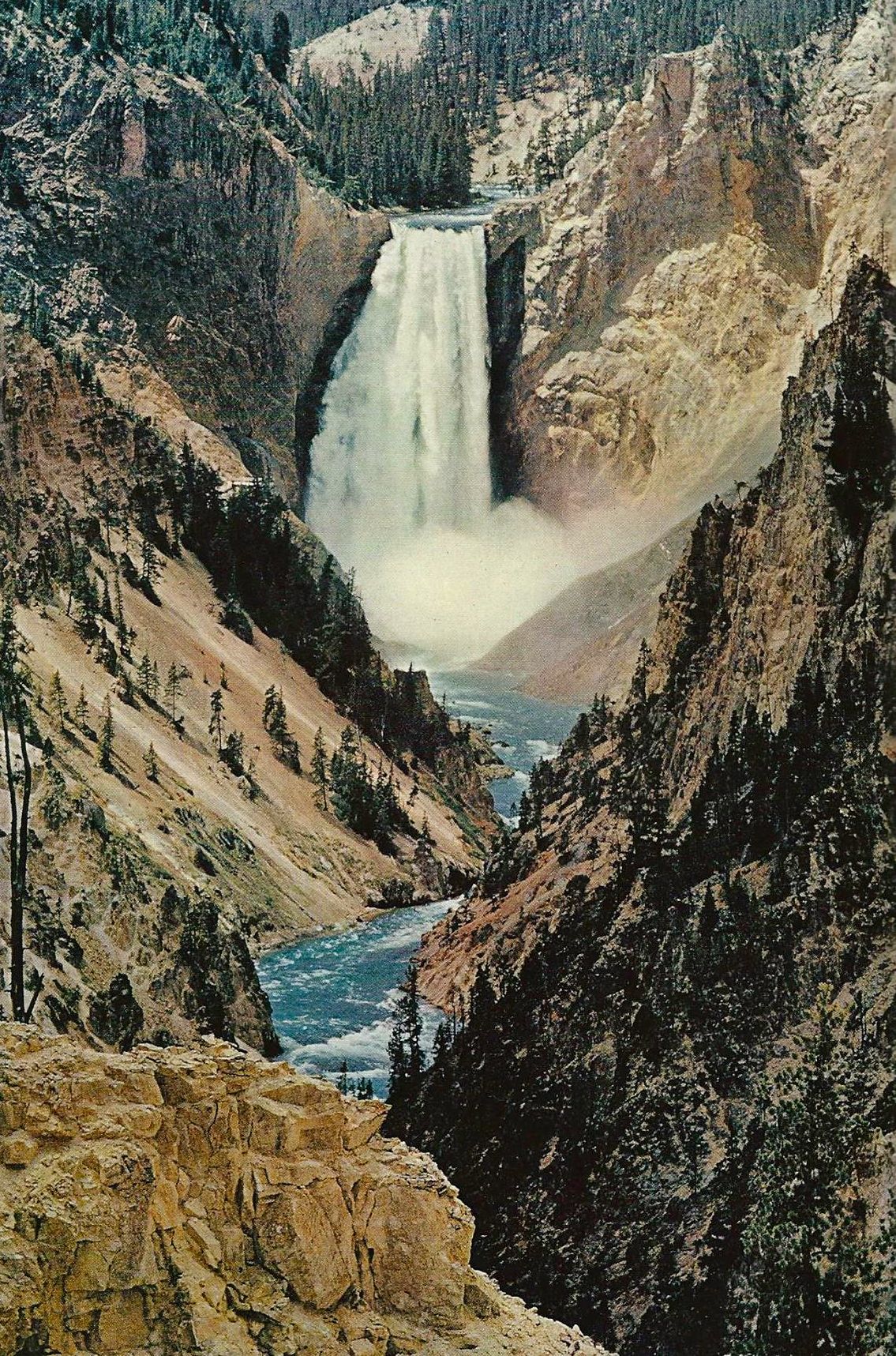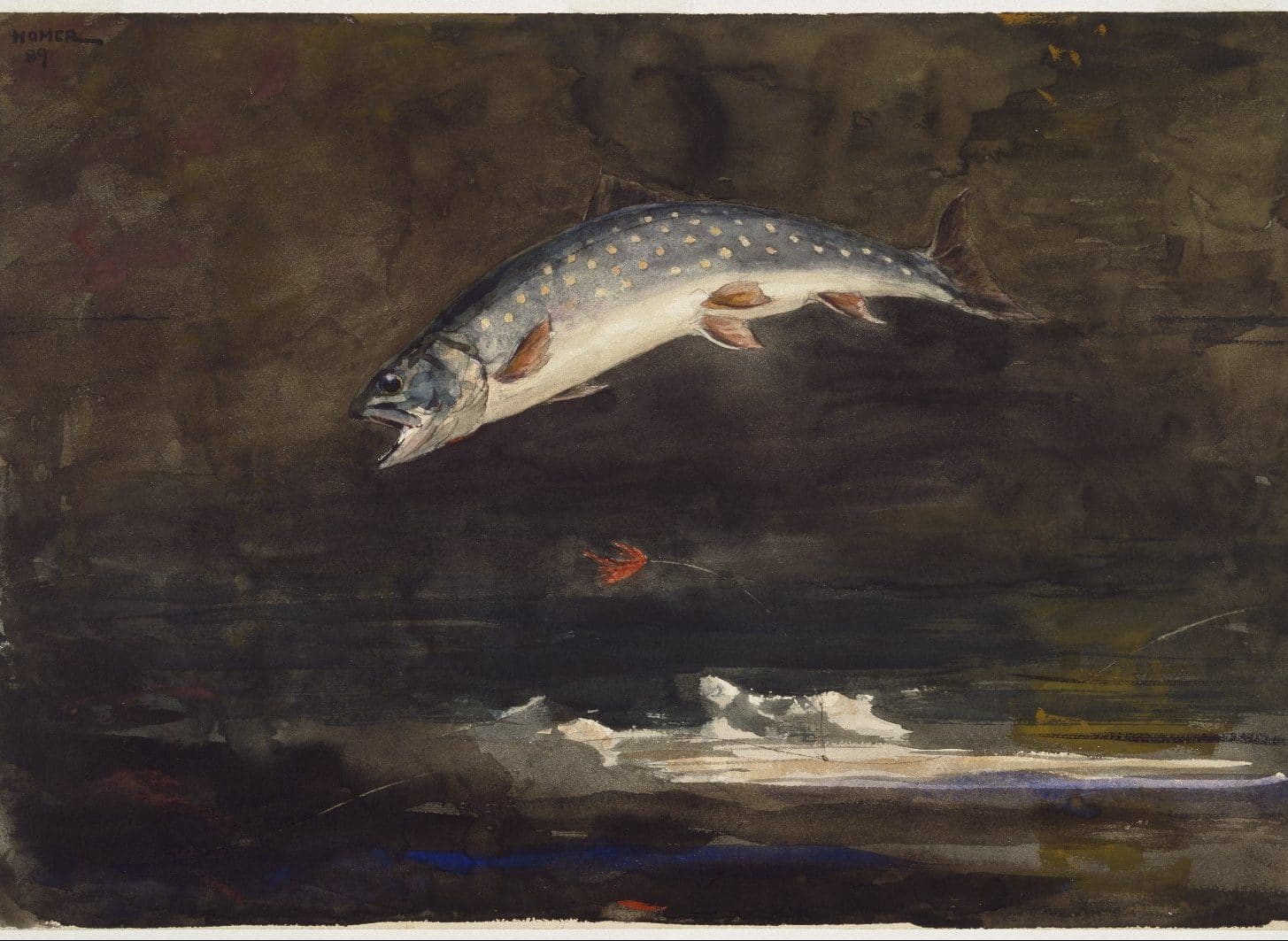
Trout flies
Trout flies

In this field, the last fifty years have not brought much progress. On the contrary, we could say! Indeed, artificial flies, whether for trout, grayling or salmon, were at that time manufactured in small series by real artists, more than craftsmen, all over our regions.
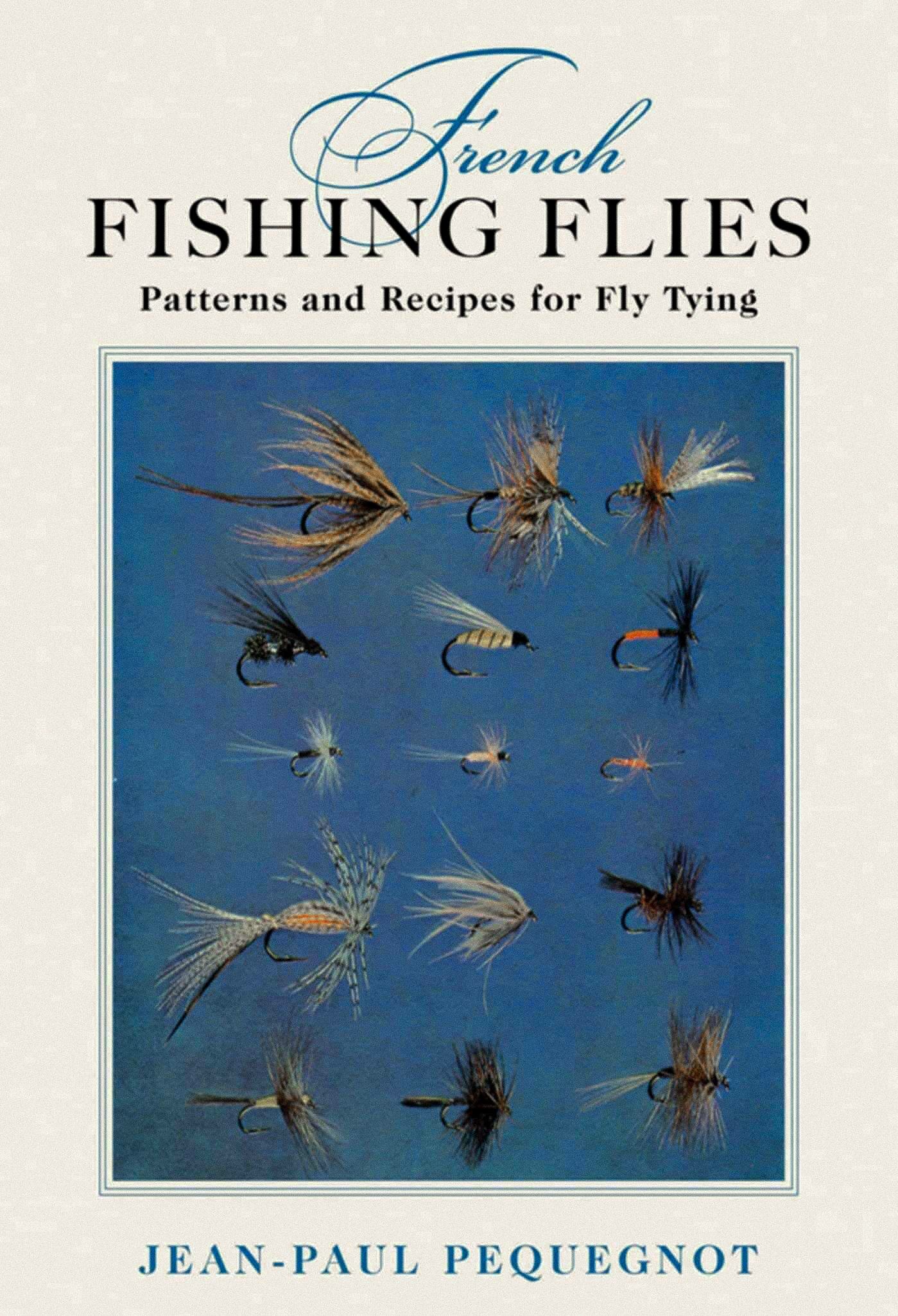
French dry flies are very popular with American fishermen. So much so that Dr. Pequegnot's book was republished four times.
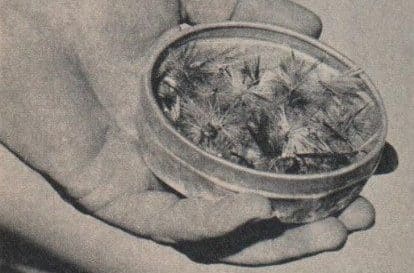
French dry flies are very popular with American fishermen. So much so that Dr. Pequegnot's book was republished four times.
The Ogareff, de Chamberet, Devaux, Poirot, Bresson, used only the best feathers and tying materials to make their wonderful collections of artificial flies. Those who are lucky enough to have kept in mothballs (moths are even more fond of feathers than of wool) flies made in Europe between the thirties and the sixties, know that they hold a precious treasure.
Personally, and even if I know that I fish with sublime rarities, at least three quarters of a century old, I always take with me, whether to fish the Normandy Charentonne, the Bosnian Ribnik or Pliva, or the Icelandic Laxa y Adaldal, two boxes of dry flies that Charles Ritz had given me in the early seventies. They contain flies mounted by Madame de Chamberet, or even by her husband before the war, as well as forgotten flies of Colonel Ogareff. These flies, whose wings, unlike the English models, were made of hackle fibers and not of cut feathers, still have no equivalent today, except for the CdC (Cul or Croupion de Canard).
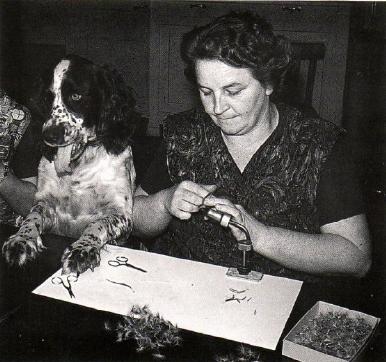
Mrs. Devaut in her kitchen, at the vise, assembling the creations of her husband.
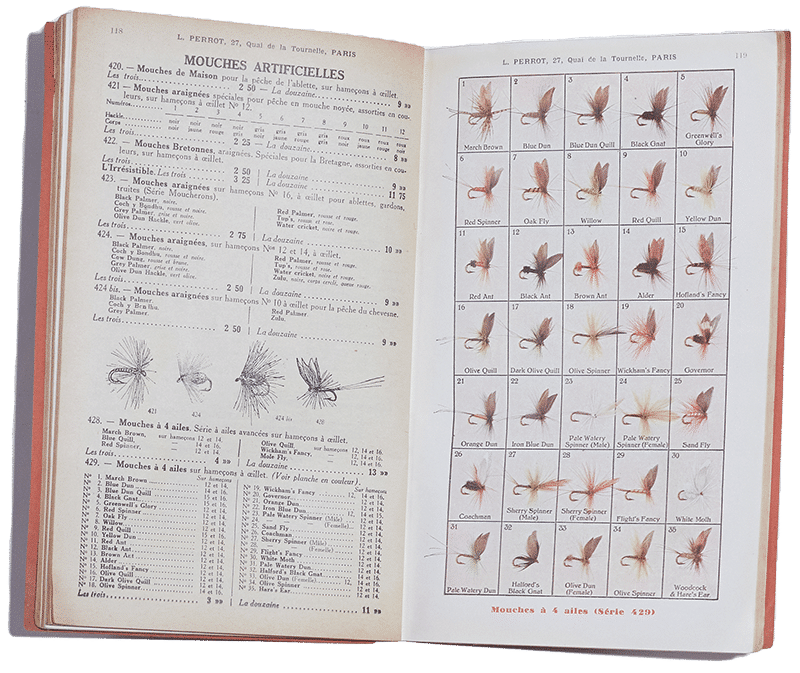
Even Louis Perrot, more specialized in casting and "tout-gros", sold artificial flies from different houses.

Frederic Halford carefully studied natural flies before imitating them with feathers and silks of appropriate colors.
On this subject, and to stay with dry flies, it should be noted here that if the English, with Frederic Halford, codified, sometimes in a rather strict and rigid way, dry fly fishing, the manufacture of their dozens of imitative models with cut-out feather wings was never up to the level of the sublime chalk-streams (Test, Itchen, Avon, Kennet…) on which they were cast. Only the english wet flies, intended for trout and sea trout, not to mention of course the salmon flies, are likely to appear in a collection. Those of us, and they must not be very young anymore, who are lucky enough to have in their boxes, dry flies from the Gallica collection (de Chamberet), or even Poirot flies, know that they hold small treasures of entomological imitations.
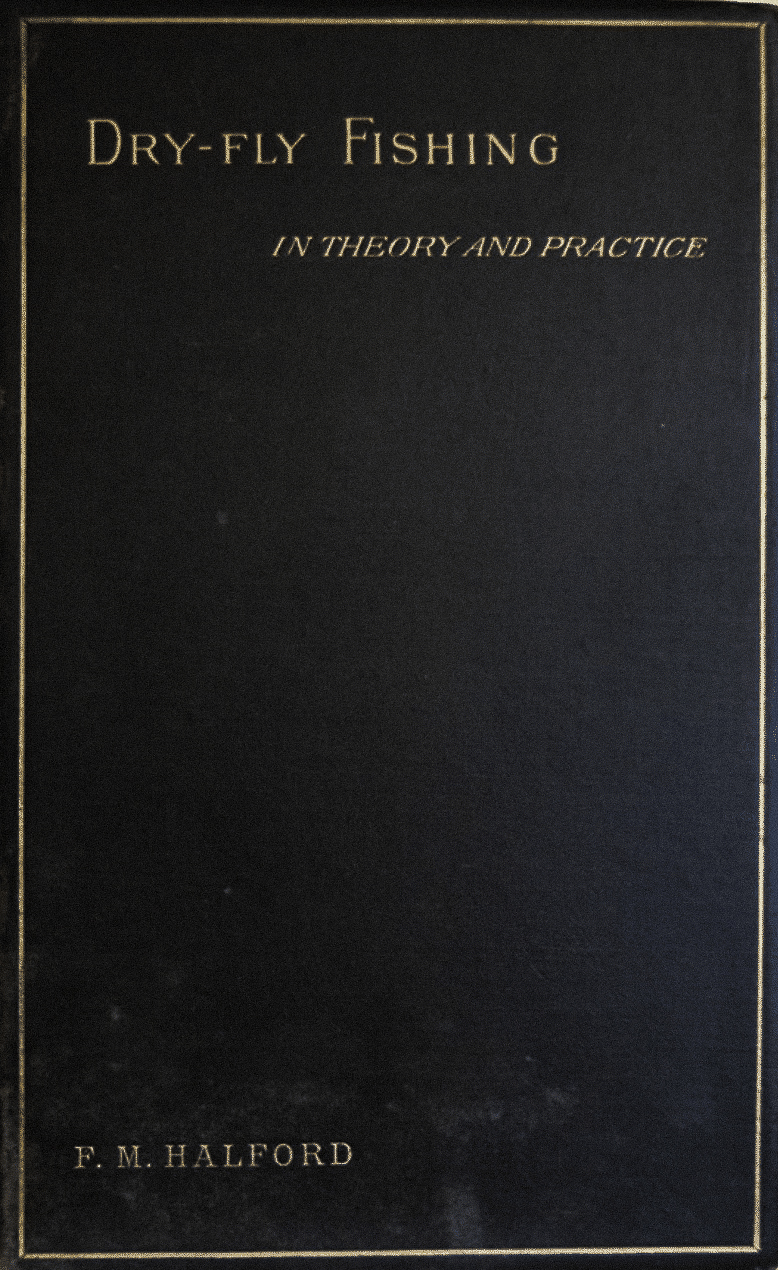
Among the many books written by Frederic Halford, the one on dry fly fishing, translated into French, remains one of the most read by anglers around the world.
The masters of trout fly imitation.

Léonce de Boisset, by far the best pen of our fishing literature.
However, it was Marryat and Halford, followed by Skues, who, at the end of the 19th century, had laid the foundations of the knowledge of the insects that trout feed on, and of their feathered imitations. But let’s reaffirm it here, it is Léonce de Boisset (the French Halford) who published in 1939 “les mouches du pêcheur de truites”, a book that was republished four times until 1971, who, as far as mayfly imitations are concerned, even caddisflies, reached the perfection of the assemblies. Of course, de Boisset knew how to call upon the specialists of the Museum of Natural History, such as Mademoiselle Verrier, to perfect his knowledge of mayflies (Ephemerea orders) , by far the most important insects to know for a trout and grayling angler. With his fishing buddies from Lyon, such as Dr. Massia and GÉrard de Chamberet, they created the Gallica fly collection, which for half a century dominated the artificial fly market.

"Les mouches du pêcheur de truites" (The trout fisherman's flies) which describes the complete collection of "Gallica" artificial flies, remains the essential work for any French fly fisherman.
Other French fly tyers such as Aimé Devaux, Poirot, Bresson, Madame Marty, Guy Plas, Yann Lefèvre and may I be forgiven for forgetting those who perpetuated the tradition of excellence and quality of French artificial fly tying until the 1980s. Most of these tyers had their own roosters farms where they “plucked” the most beautiful hackles. That was before globalization and cheap labor forced millions of “cheap” flies made in Kenya or South Asia to fill the racks of fishing tackle dealers. But here, contrary to rods, reels, threads and lures of which more than 95% of the production today comes from Japan, China or Korea, the French fly market has been able to resist and even for some fly tyers like Devaux or Petitjean, to export to Europe and even, supreme consecration, to the United States or Japan. For most river fly tyers, the price of a quality fly is not debatable and a few French fly tyers, true artists of the profession, still make a living from the manufacture and sale of their artificial flies directly or in a few specialized stores.
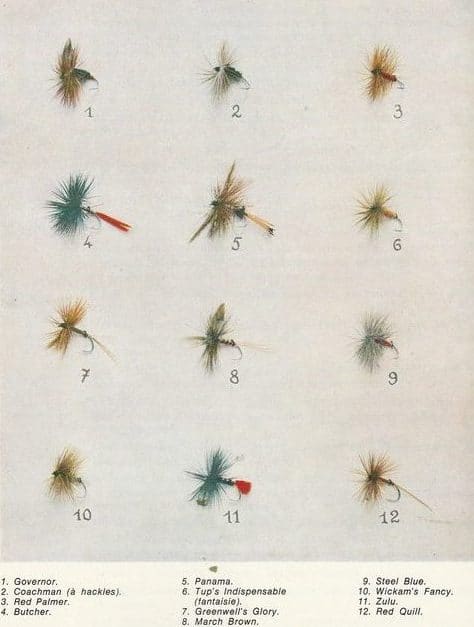
These models were specially assembled by Mme de Chambrent according to the specifications of Colonel Ogareff.
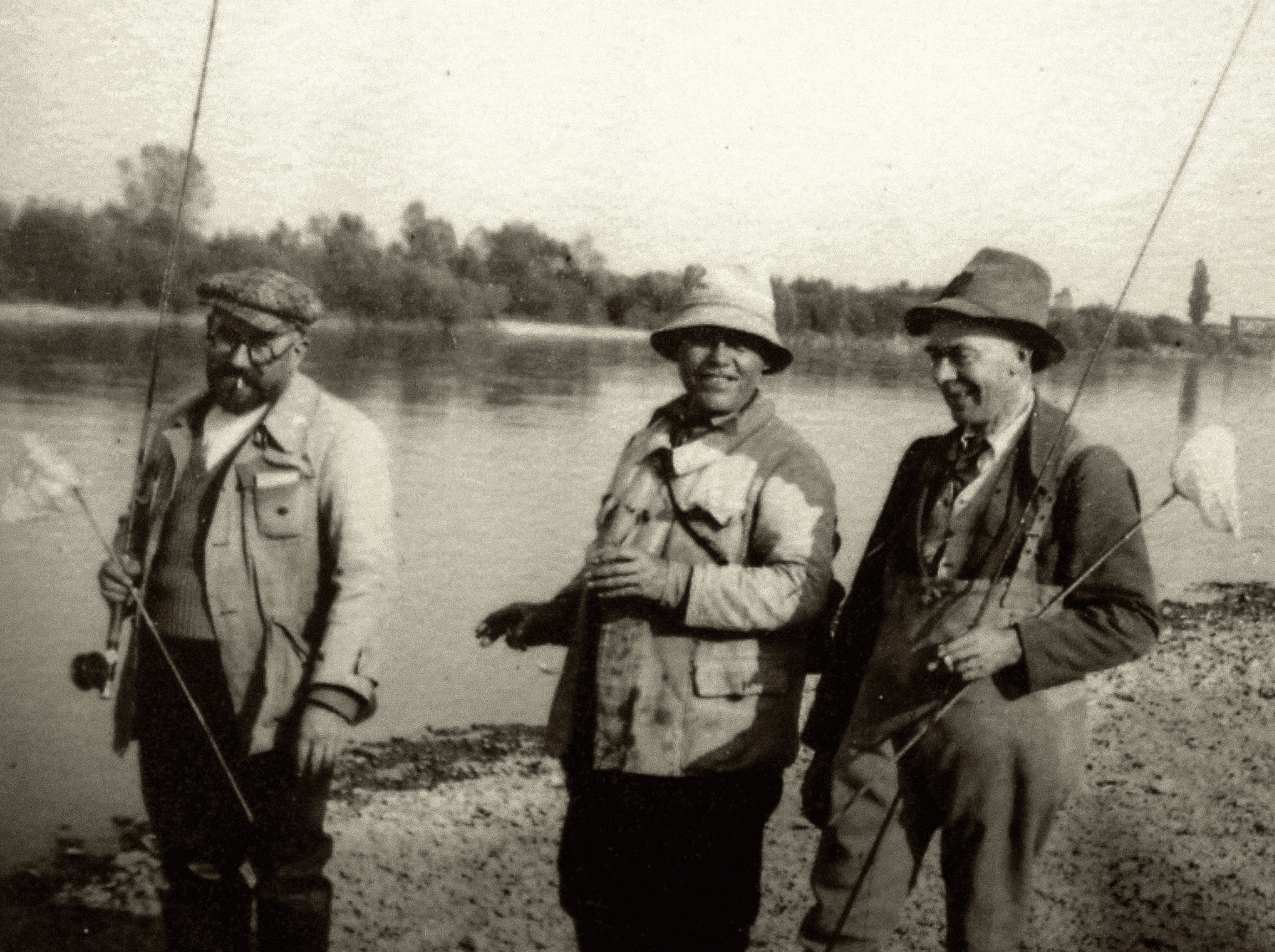
Jean Louis Poirot, Gérard de Chamberet, and Léonce de Boisset, on the banks of the Doubs, wait for mayflies to hatch with a small butterfly net.
Flies to collect
As we said, if you find fly boxes that belonged to your fathers or grandfathers, and that in the boxes, there are dry flies with tiny labels indicating Mrs. DE Chamberet’s widow, Poirot or Devaux flies, or even more recently Yann Lefèvre, pin them in a museum type entomological box… Guy Plas or Bresson flies deserve the same treatment, unless like me, if you find many of them, you have the audacity or the madness to fish with them in 2023… Catching, as I had the chance to do, two weeks ago, trout and grayling from the Pliva or the Neretva (Bosnia), with DE Chamberet, Poirot or Devaux imitations is a pleasure like no other.
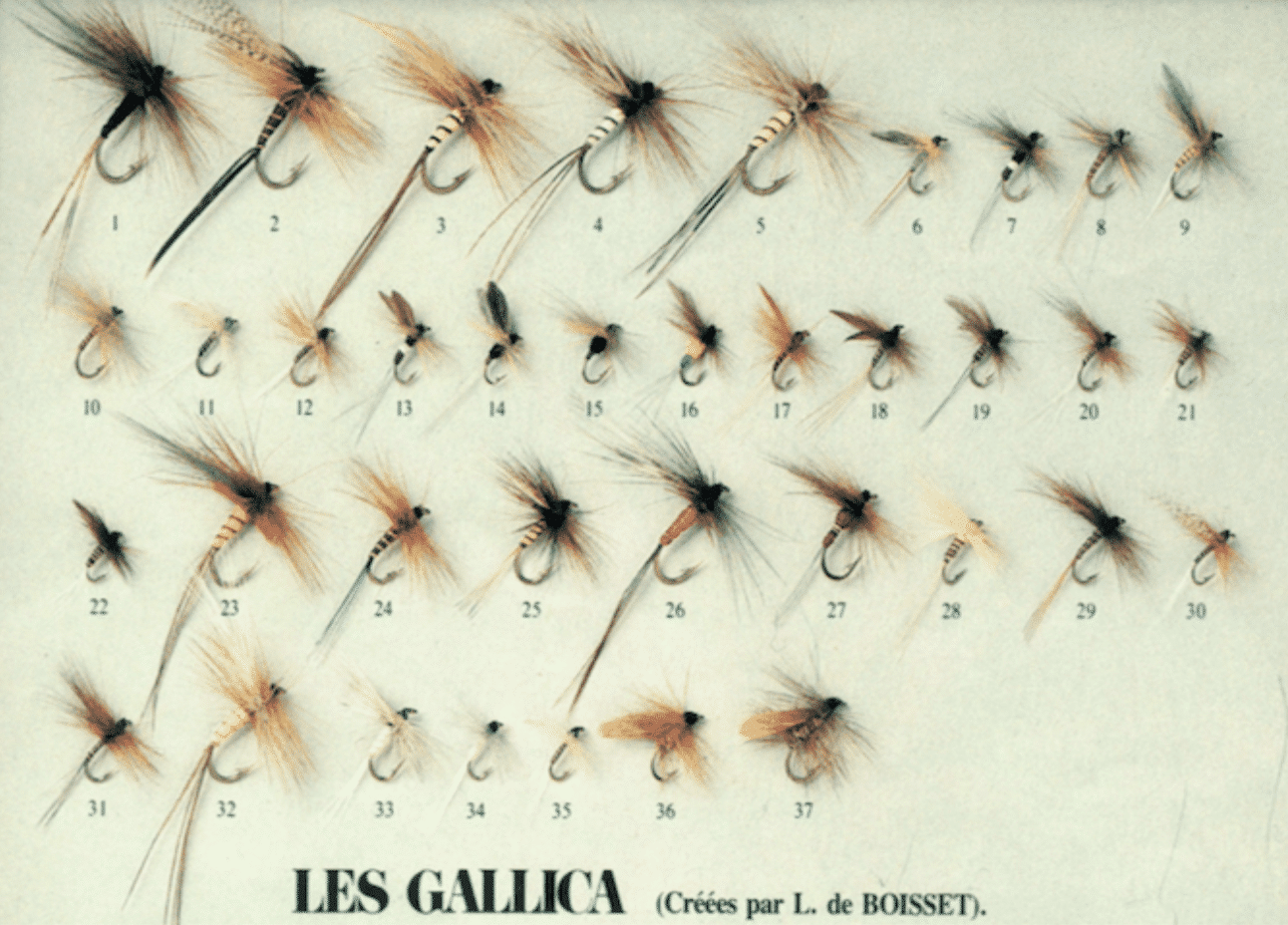
La série des mouches "Gallica", plus de trois-quart de siècle après leur création, prennent toujours autant de truites et d'ombres, mais sont surtout très recherchées par les collectionneurs.


